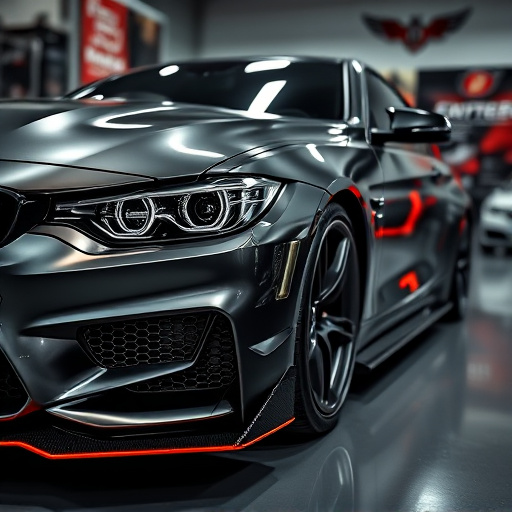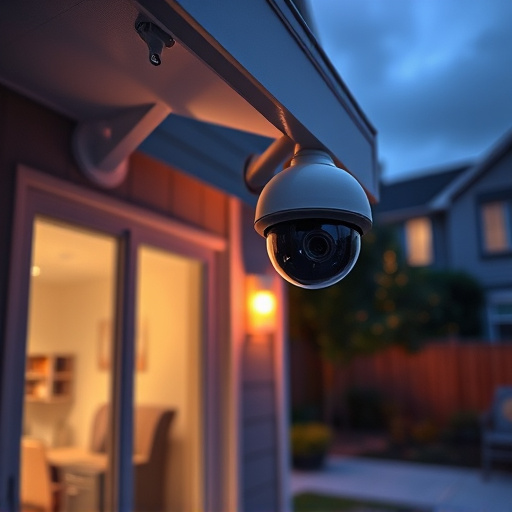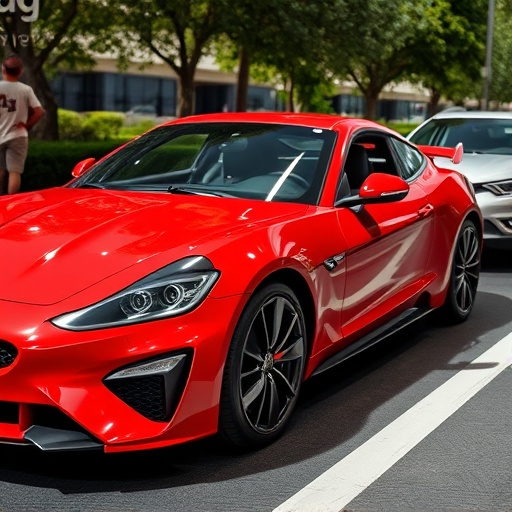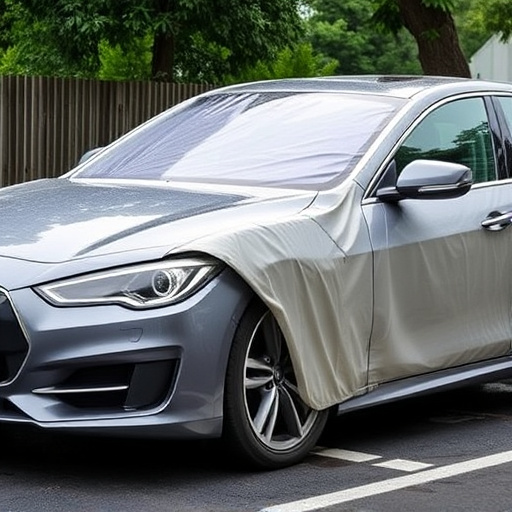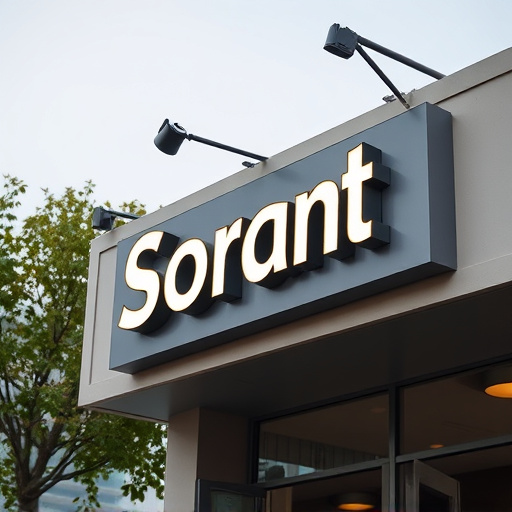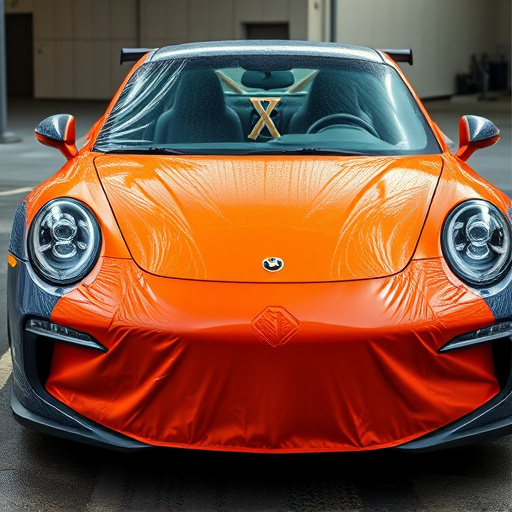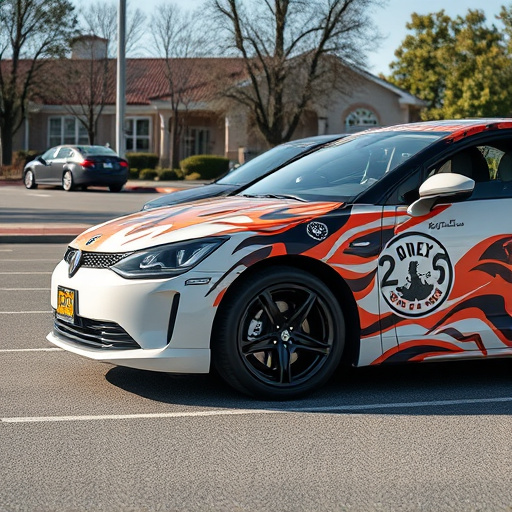Understanding your audience is key to successful event graphics design. Different events attract diverse demographics with varying interests, requiring designers to tailor their work accordingly. For instance, automotive detailing exhibitions focus on vehicle aesthetics and UV protection, while family-oriented festivals need playful themes and interactive elements. By considering age, gender, and event purpose, designers can create visually captivating experiences that align with attendees' expectations. Strategic branding integration using aligned colors, fonts, and symbols further enhances the event's impact and memorability. Techniques like professional PPF installation amplify visual appeal, fostering deeper attendee engagement.
In the world of events, captivating visuals can transform a mundane gathering into an unforgettable experience. Event graphics design, a powerful tool, plays a pivotal role in engaging audiences and enhancing brand visibility. This article delves into the art and science of creating compelling event graphics that captivate attendees, from understanding audience preferences to leveraging interactive technologies. By exploring successful case studies across diverse industries, we’ll uncover strategies to make your events visually stunning and interactively engaging.
- Understanding Your Audience: Tailoring Event Graphics
- – Identifying target audience preferences and expectations
- – Incorporating branding elements that resonate with attendees
Understanding Your Audience: Tailoring Event Graphics
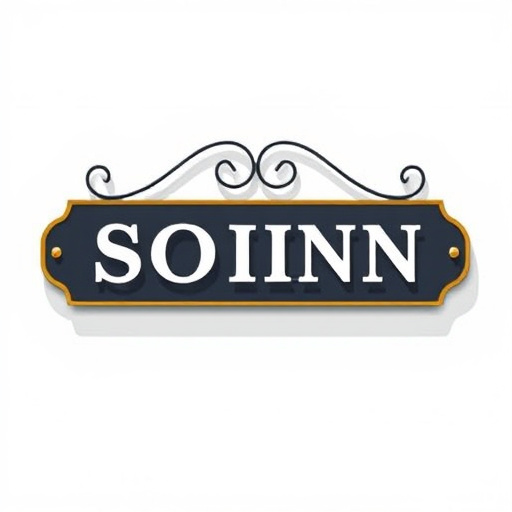
Understanding your audience is a pivotal step in crafting impactful event graphics design. Different demographics, interests, and expectations exist for various events—from corporate conferences to music festivals or trade shows. Therefore, designers must tailor their work accordingly. For instance, designing visuals for an automotive detailing exhibition should focus on highlighting the intricate details of vehicles, showcasing UV protection features, and appealing to enthusiasts with vibrant, sleek aesthetics.
In contrast, creating event graphics for a family-oriented festival might emphasize playful themes, interactive elements, and clear, engaging messaging to captivate younger audiences. By understanding who will be present at the event—their preferences, behaviors, and expectations—designers can create visuals that not only capture attention but also foster engagement and enhance the overall experience.
– Identifying target audience preferences and expectations
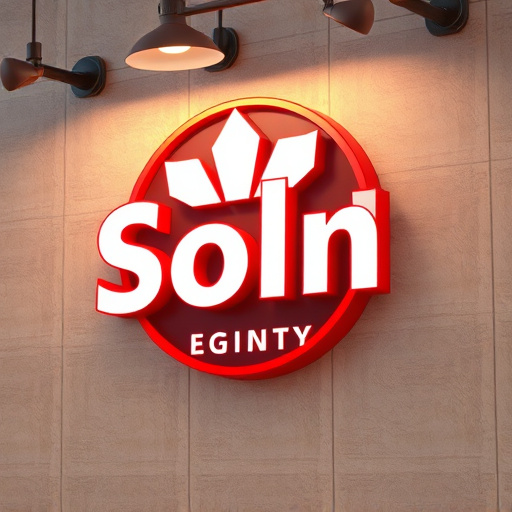
Understanding your target audience is a cornerstone of successful event graphics design. Before putting pen to paper (or pixel to screen), it’s essential to identify their preferences and expectations. Demographic factors like age, gender, and interests play a significant role in shaping visual appeal. For instance, a design targeting millennials might incorporate bold colors and modern typography, while a business conference audience may favor clean lines and professional palettes.
Knowing your audience also means considering the event’s purpose. Are you showcasing a product launch, promoting a social cause, or creating an immersive experience? Event graphics should align with the overall tone and message. For instance, a sustainability-focused event might utilize eco-friendly materials and designs that emphasize nature, while a high-energy sports tournament could employ vibrant, dynamic visuals to match the atmosphere, even incorporating secondary design elements like vehicle wraps or paint correction to enhance branding on-site.
– Incorporating branding elements that resonate with attendees
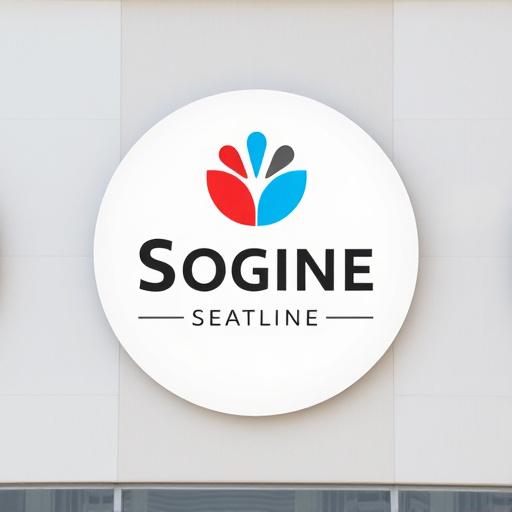
When designing event graphics, one of the most effective strategies to capture audience attention is integrating branding elements that connect with attendees on a deeper level. This could involve using colors, fonts, and symbols that align with the event’s theme or the sponsor’s identity. For instance, if an art exhibition is sponsored by a known ceramic brand, subtle references to their signature high-quality finishes and unique designs in the graphics can instantly grab viewers’ interest. By doing so, attendees not only recognize the brand but also associate it with the event’s aesthetic appeal and quality.
Moreover, incorporating these branding elements seamlessly into eye-catching visuals, such as backdrops, banners, or projection maps, ensures that the event retains a cohesive look. This coherence strengthens the brand’s message and makes the event memorable. Consider the application of a professional PPF installation technique on vehicles or exhibits to add a glossy, protective layer, enhancing the overall visual impact and reflecting the attention to detail that goes into the event’s production.
In the realm of event graphics design, captivating an audience’s attention is key to creating a memorable experience. By understanding your target demographic and tailoring visuals that align with their preferences and expectations, you can effectively communicate your brand message. Incorporating recognizable branding elements ensures consistency and fosters a stronger connection with attendees. Event organizers should leverage these strategies to craft visually stunning designs that not only enhance the overall atmosphere but also leave a lasting impression on every guest.




